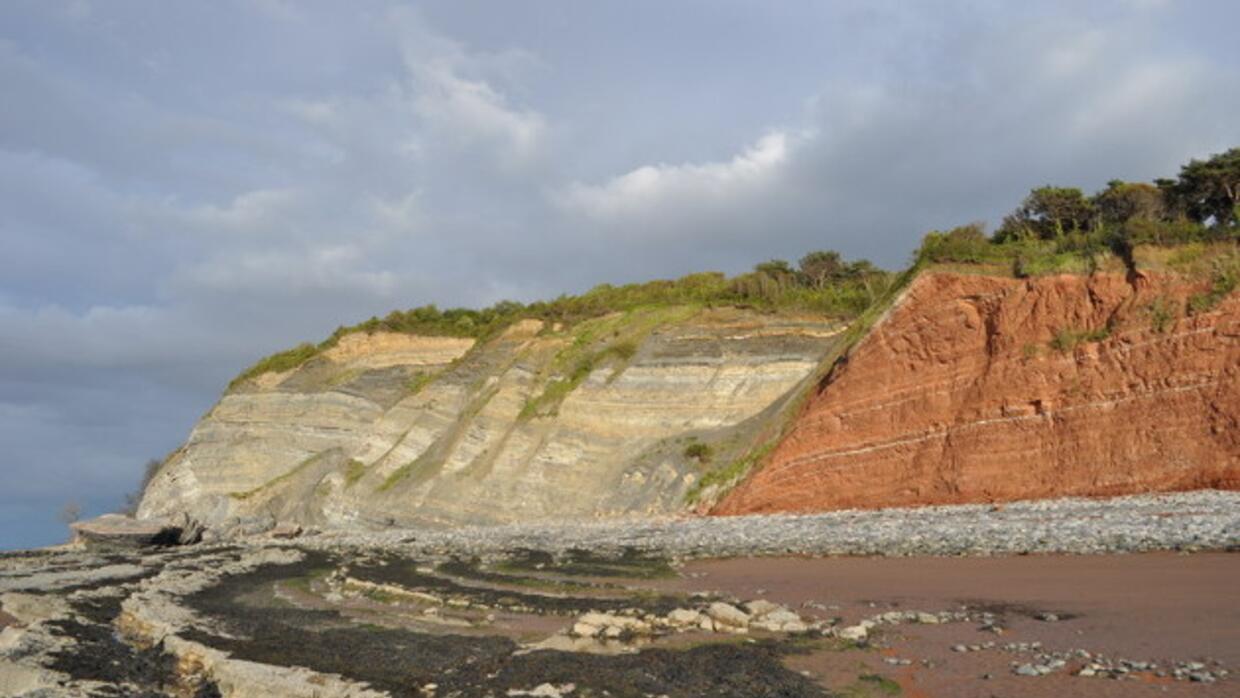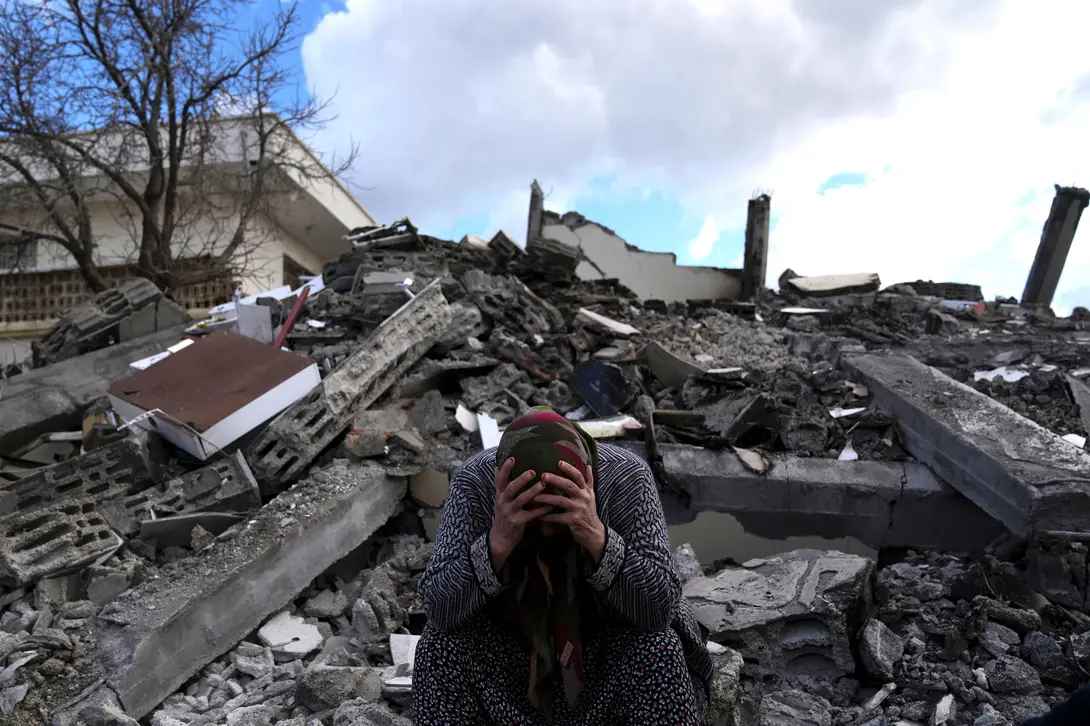The month of February began with one of the worst natural tragedies in recent times, a 7.8 magnitude earthquake shook the countries of Syria and Turkey, leaving more than 40,000 dead today and millions of people displaced due to the natural disaster.
But, what were the reasons why this earthquake left so many deaths? If we compare with natural events of this nature around the world, we can use as a reference the earthquake that shook Chile in 2010, with a magnitude of 8.8, but left just over 500 deaths, or the tremors in Mexico City, coinciding with a 19 September but in different years, although tragic not as deadly as Turkey and Syria.
Next we will explain the reasons that caused this great tragedy.
What is an earthquake?
An earthquake is a natural event that occurs when the earth's surface begins to shake or move violently due to the release of energy in the earth's crust. This energy can be released by the buildup of stress on the earth's surface due to tectonic activity, such as the interaction of tectonic plates.
What are geological faults?
A geologic fault is a fracture or crack in the Earth's crust where the rocks on both sides of the fault have moved in different directions. Geological faults are formed when the Earth's crust experiences stresses and forces that exceed the resistance of its component rocks, causing the rocks to break along a line of weakness.
Faults can vary in size and shape, from small fractures that are barely visible on the Earth's surface to large fault lines several kilometers wide and hundreds of kilometers long. Faults can be active, meaning they are experiencing constant motion, or inactive, meaning they have not experienced significant motion in a long time.

Reasons that made the earthquake in Turkey and Syria so devastating
The magnitude and aftershocks
The earthquake had a magnitude of 7.8, which is considered to be greater, and within minutes there was an aftershock with a magnitude of 6.7. After 9 hours there was another movement of the earth that reached a magnitude of 7.5, this earthquake originated in a different fault a little further north of the country.
To date, more than 3,900 aftershocks have been recorded, which does not make it easier for relief and rescue efforts.
The magnitude quantifies "the energy that is released in the earthquake", that is, it expresses the net energy that was released: one of 9 releases 32 times more than one of 8, regardless of where it occurs or who is affected
The intensity
The effect of an earthquake on the earth's surface is what we call the intensity, which is measured with what is known as the "Mercalli seismological scale". This scale goes from I (very weak) to XII (catastrophic), the earthquake in Turkey being grade IX, since it caused severe destruction of buildings and landslides, as has unfortunately been observed.
The depth
The earthquake was, scientists agree, very superficial since it occurred only 18 kilometers deep in the earth's crust.
The length of the fault
The size of the fault, 150 kilometers long by 25 kilometers thick, was another factor that contributed to the destruction.
Convergence of four tectonic plates
The reason that this area has so much seismic activity is because four tectonic plates converge there: the Anatolian, Arabian, Eurasian and African plates. These land masses, which form the outermost layer of our planet, are constantly shifting and colliding with each other.
Earthquakes occur most frequently along fault lines, which cause fractures in the planet's surface. And in this region there are two large transform faults, that is, those in which a lateral displacement of one tectonic plate occurs with respect to the other: the North Anatolian fault (1,000 kilometers long) and the fault of Eastern Anatolia (700 km).
Types of constructions
Despite living in an area of high seismic intensity, most of the buildings that were destroyed did not have the capacity to withstand earthquakes.
While in countries like Japan or Chile the construction regulations are very strict due to the recurrence of strong earthquakes, it is possible that in Turkey and Syria many buildings did not conform to the regulations.
Due to this construction problem, the Turkish authorities issued 113 arrest warrants against people involved in the construction of some of the collapsed buildings.
In summary, the various variables such as a densely populated area, the type of buildings without resistance to earthquakes, the shallowness of the tremor, the type of movement of the plates and the time at which it was unleashed; it was the early morning so he surprised people sleeping, he produced the perfect formula for one of the biggest natural disasters of the time.

Comentarios